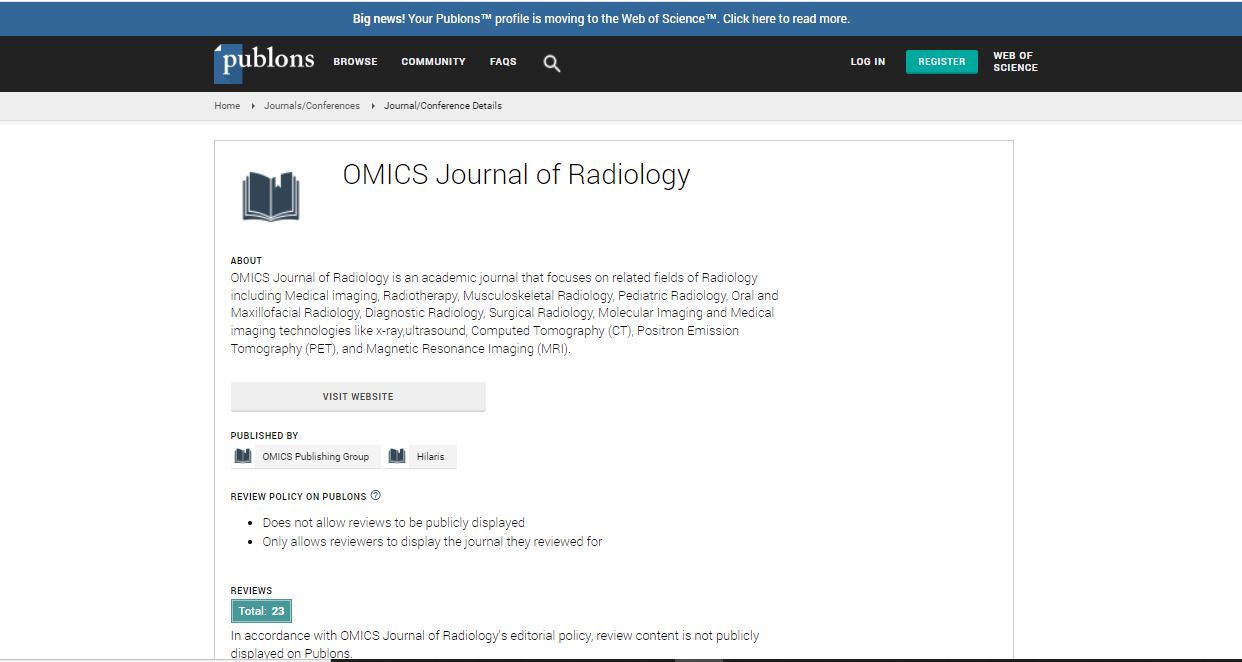Case Report
Esophageal Perforation Secondary to Radiofrequency Catheter Ablation for Atrial Fibrillation
| James X. Liu1* and Maria C. Shiau2 | |
| 1New York University School of Medicine, Radiology - OBH C&D Bldg., NYU Langone Medical Center, New York, USA | |
| 2Department of Radiology, New York University Langone Medical Center, New York, USA | |
| Corresponding Author : | James X. Liu New York University School of Medicine, Radiology - OBH C&D Bldg. D-120 NYU Langone Medical Center 550 1st Avenue, New York NY 10016, USA Tel: 443-528-4143 Fax: 212-263-7454 E-mail: James.Liu@nyumc.org |
| Received April 12, 2012; Accepted May 14, 2012; Published May 20, 2012 | |
| Citation: Liu JX, Shiau MC (2012) Esophageal Perforation Secondary to Radiofrequency Catheter Ablation for Atrial Fibrillation. OMICS J Radiology. 1:106. doi: 10.4172/2167-7964.1000106 | |
| Copyright: © 2012 Liu JX, et al. This is an open-access article distributed under the terms of the Creative Commons Attribution License, which permits unrestricted use, distribution, and reproduction in any medium, provided the original author and source are credited. | |
Abstract
Radiofrequency catheter ablation of pulmonary veins is generally a safe procedure used in patients with atrial fibrillation. We report a case of a 67-year old woman who suffered esophageal perforation following radiofrequency catheter ablation. Salient symptoms, such as dysphagia, severe chest pain, palpitations, and malaise, as well as the radiological findings of pneumopericardium and esophageal perforation were consistent with the presence of an atrioesophageal fistula. This extremely rare complication warrants immediate surgical intervention. Atrio-esophageal fistula is best diagnosed by thoracic CT with contrast, and may be prevented during the procedure by careful esophageal temperature monitoring and reduction of radiofrequency energy.

 Spanish
Spanish  Chinese
Chinese  Russian
Russian  German
German  French
French  Japanese
Japanese  Portuguese
Portuguese  Hindi
Hindi 
